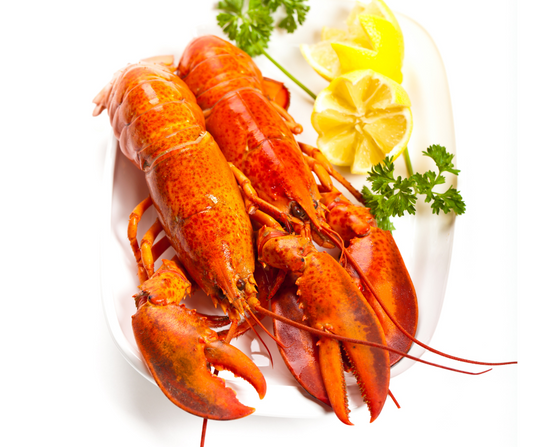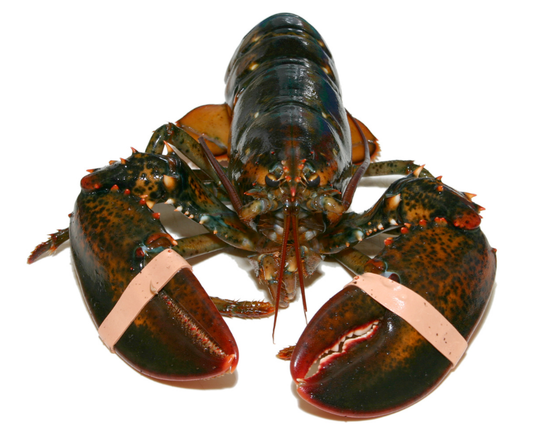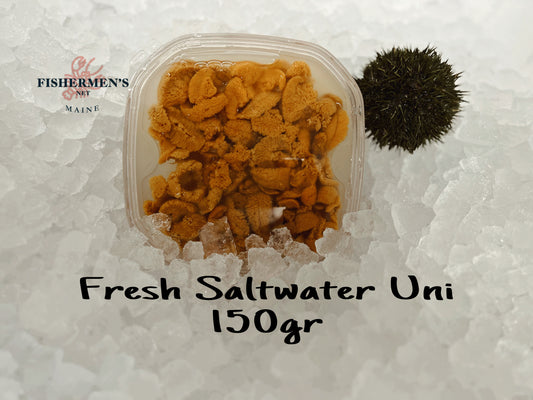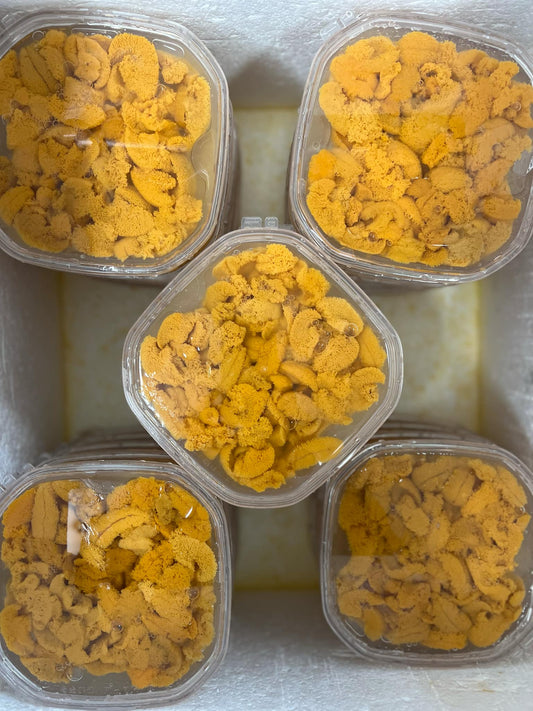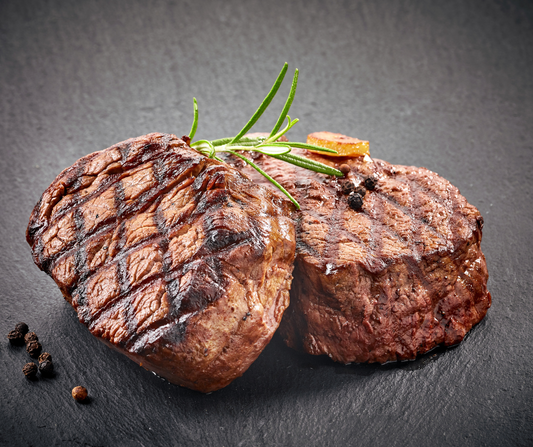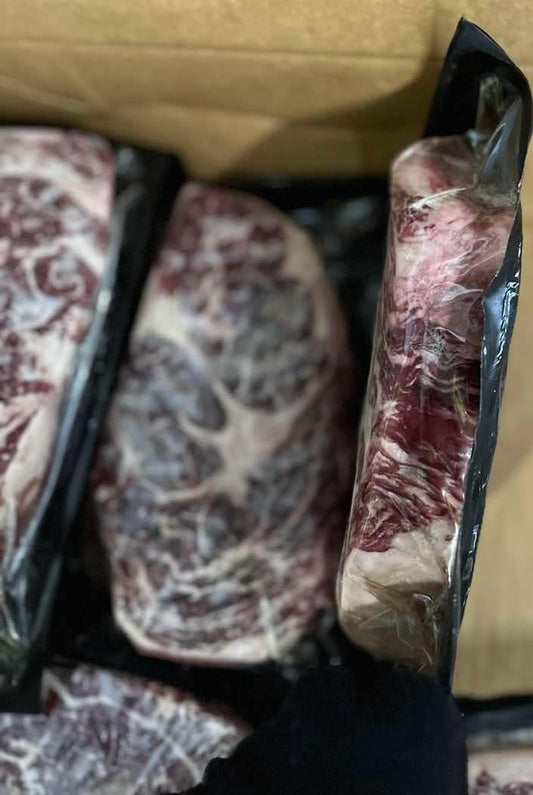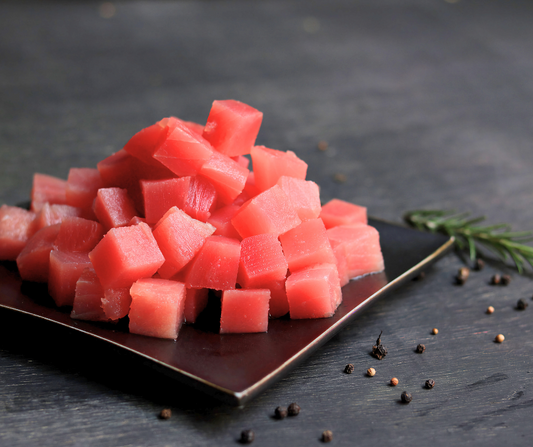Most people often hear the name of dishes made from lobster but do not know what types of lobster there are. Many fishers also only see the name of the lobster without paying attention to the difference between them. Honestly, different types of lobster will give us different flavors.
Currently, there are two main types of lobster: warm water lobster and cold water lobster. Cold water and warm water lobster have differences in origin, appearance, meat flavor, but few people know it. Cold water vs warm water lobster: what is the difference? Read our reviews and comparisons below to learn more!

Page Contents
What Are Warm Water Lobsters?
Warm water lobster is a type of lobster that comes from warm seas, where the climate is warm. They often have a habit migrating in flocks to areas with higher temperatures or where there are more food sources.

Both the appearance, the taste of the meat, and the habitat of warm water lobsters are different from other types of lobster. You can clearly see that through the analysis below!
Geographic Origin
As mentioned above, warm water lobsters will live and grow in warm seas. The seawater temperature here will be higher than in cold sea areas. Some seas have a large population of warm water lobsters such as the South Pacific, Mediterranean, Florida, Caribbean, or California.
Because they prefer warm seawater, they will often organize large-scale migrations. They usually migrate to warmer ocean waters or places with plenty of food to prepare for spawning or molting.
Appearance
In addition to the name warm water lobster, people also call it spiny lobster. You can see the small spines protruding from the shell on the head of the warm water lobster. These spikes are effective defense mechanisms that keep them away from predators.
Their outer shell is quite hard and colorful. You can see some red, brown, blue, and black spots over the warm water lobster's body.
Warm water lobsters do not have two large claws but instead have long antennae arms used for foraging.
Meat
Warm water lobsters have the most meat in the tail. The remaining parts, such as its head, claws, and antennae, do not have much meat. As a result, you may find supermarkets or shops selling frozen, warm water lobster tails without legs or heads.
The cold water lobster meat is soft and sweet. It tends to be softer than cold water lobsters.
Price
The warm water lobster meat price will be lower than that of cold water lobsters. It can be said that their prices are not high because the meat is soft and difficult to process. In addition, the meat on a warm water lobster is not much. We can only eat the tail and discard the rest.
What Are Cold Water Lobsters?

Cold water lobsters are types of lobsters that live in cold waters where the sea temperature is low. Cold water lobsters like to forage and live alone. They are also quite inactive.
Unlike other lobsters, their origin, appearance, and meat also have their characteristics.
Geographic Origin
As mentioned above, the cold water lobster is like its name. It usually lives in cold seas and has low temperatures. You can find cold water lobsters in cold seas such as the North Atlantic Ocean, the east coast of the United States, Canada or as far south as the Carolinas, New Zealand, and Australia.
Appearance
Cold water lobsters have a rather massive appearance with large claws. The full adult size of this type of lobster is also among the largest of all lobsters. Their weight can reach 4 pounds or more.
Every year, this type of lobster will molt, the new shell will gradually harden over time. The shell of cold water lobster is quite smooth, thick and hard, without spines. Their coloration is relatively mild, usually dark greenish-brown, with some unique species having very small pale red spots.
Meat
Cold water lobster will give you more meat than you expect. Their meat quality is also outstanding. Due to living in cold waters, the meat of this type of lobster tends to be firmer. When you cook it, you can see the lobster meat clumps together. The meat is tender but not mushy.
You can eat meat on every part of a cold water lobster. The inside of the claws, tail, tiny legs and head of cold water lobster all contain meat and can be eaten. Although the lobster tail does not have much meat, most of the remaining parts contain meat.
Read more: Edible parts of whole lobster
The taste of cold water lobster meat is also very good. When eating, you can feel the sweetness, no solid fishy smell. The flavor is quite delicate and is loved by many people.
Price
The price of cold water lobster is relatively high. With large lobsters, the price will be very high. However, it is worth it. When buying a cold water lobster, you can eat the meat in almost every part of it.
Cold water lobster meat is also substantial, sweet and not fishy. Great taste plus firm meat perfectly worth the high price you pay.
Is Maine Lobster a cold water lobster?
Yes - The water in Maine is cold, it's very cold, and when it comes to a lobster that's a good thing. You can enjoy it here!
Comparison Table Between Cold Water Lobster vs Warm Water Lobster
You can follow our comparison table below to clearly see the difference between warm vs cold water lobster.
|
Warm water lobster |
Cold water lobster |
|
|
Geographic Origin |
Warm sea |
Cold sea |
|
Appearance |
- The bark is rough and thorny - Has a long beard - There are colorful - Mature of medium size |
- Smooth, thick and hard shell - Has 1 set of large claws - Dark colors (dark brownish-green) - Mature large size |
|
Meat |
- There's only a lot of meat in the tail - Soft meat, difficult to process - The taste is a bit fishy |
- There is meat in most parts - Firm meat, easy to prepare - Light sweet taste, not fishy |
|
Price |
Low price |
Expensive |
|
Fresh or Frozen |
- Low viability, fresh only where they were caught - Usually sold frozen |
- High viability, fresh lobster available in many regions - Usually sold fresh |
To know more about lobster - Read our Lobster Lingo
Warm Water vs Cold Water Lobster: Which One Better?
It isn't easy to have an exact answer to which type of lobster is better. From the above analysis, you may see that cold water lobster is better in terms of meat quality and taste. But if we take it as a whole, it is not certain.
Although the taste and quality of the meat are better, the cold water lobster is very expensive. You will have to pay a small amount of money to enjoy it. In contrast, a warm water lobster will cost less for a more meaty lobster tail.
In addition, what type of lobster you should choose depends on the dish you will cook. Thanks to the slightly different flavor, these two types of lobster will go well with different dishes. Think twice before deciding which type of lobster is better for you.
Conclusion
Cold water vs warm water lobster has a lot of differences. Those differences create the characteristics and qualities of each species. To make the best choice, you should refer to the shares and analysis that Fishermen's Net offers. Thanks for reading!
- Website: www.mualobster.com
- Address: 849 Forest Ave, Portland, ME 04103
- Tel: +1 (207) 999 2424





